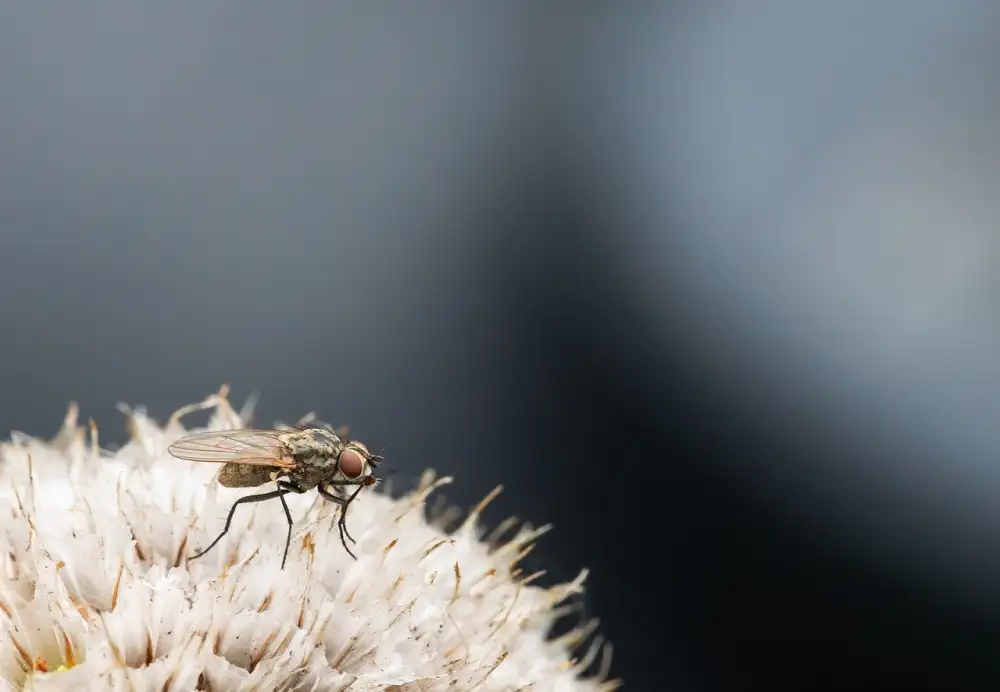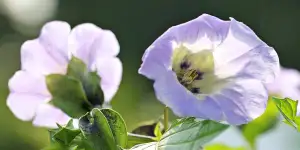Say Goodbye to Fruit Flies: Effective Ways to Catch and Eliminate Them at Home

Fruit flies, scientifically known as Drosophila melanogaster, are small insects that are commonly found in homes, particularly during the warmer months. They are attracted to ripened fruits and vegetables, as well as sugary substances like juices and sodas. Fruit flies are prolific breeders, with females laying up to 500 eggs on fermenting organic materials. These eggs hatch into larvae within 24-30 hours, leading to rapid infestations if not controlled promptly. Understanding their behavior and implementing effective strategies for elimination is crucial in maintaining a fruit fly-free environment in your home.
Identify Common Areas of Infestation
Identifying common areas where fruit flies may be present is crucial in effectively eliminating them. These tiny pests are attracted to fermenting organic matter, particularly fruits and vegetables. Kitchens are a hotspot for infestation, especially near garbage bins, sinks, and countertops where food residue can accumulate. Additionally, overripe fruits left on the counter or in the fruit bowl can quickly become breeding grounds for fruit flies. Other potential areas of infestation include drains, recycling bins, and compost piles. By being aware of these common areas, you can target your efforts to control and prevent fruit fly infestations in your home effectively.
DIY Vinegar Trap
Fruit flies are attracted to the scent of vinegar, making it an effective ingredient for a homemade trap. To create a DIY vinegar trap, simply pour some apple cider vinegar or white vinegar into a small bowl or cup. Add a few drops of dish soap to break the surface tension of the liquid. Cover the top with plastic wrap and secure it with a rubber band. Poke small holes in the plastic wrap to allow fruit flies to enter but make it difficult for them to escape. Place the trap near areas where fruit flies are commonly seen, such as near ripe fruits or trash cans. Fruit flies will be lured by the vinegar scent and get trapped in the soapy liquid, effectively reducing their population in your home. Remember to empty and refresh the trap regularly for optimal effectiveness.
Red Wine Trap
Red wine can be an effective trap for fruit flies due to its strong aroma and sweetness. To create a red wine trap, pour a small amount of red wine into a shallow dish or container. Cover the container with plastic wrap and secure it with a rubber band. Poke small holes in the plastic wrap to allow the fruit flies to enter but make it difficult for them to escape. The fruit flies will be attracted to the scent of the wine, crawl through the holes, and become trapped inside the container. Check and empty the trap regularly to prevent any buildup of fruit flies. Remember that this method works best when used in conjunction with other preventive measures such as cleaning and removing potential breeding sites for fruit flies.
Overripe Fruit Trap
Fruit flies are particularly attracted to overripe fruits as they provide a perfect breeding ground for them. To set up an overripe fruit trap, simply place a piece of overly ripe fruit in a small bowl or jar. Cover the top with plastic wrap and secure it with a rubber band. Poke a few small holes in the plastic wrap to allow the fruit flies to enter but make it difficult for them to escape. The sweet scent of the overripe fruit will lure the fruit flies into the trap, where they will become trapped and eventually die. Remember to empty and clean the trap regularly to prevent any buildup of fruit flies. This simple yet effective method can help significantly reduce fruit fly infestations in your home.
Essential Oil Repellent
Essential oils are not only great for aromatherapy but can also serve as effective repellents for fruit flies. Oils such as peppermint, lemongrass, and lavender are known to deter these pesky insects due to their strong scents that fruit flies find unpleasant. To create an essential oil repellent, simply mix a few drops of your chosen oil with water in a spray bottle and mist it around areas where fruit flies tend to gather. Refresh the spray regularly to maintain its effectiveness. This natural approach is safe, eco-friendly, and will help keep fruit flies at bay in your home.
Regular Cleaning and Maintenance
Regular cleaning and maintenance are key to keeping fruit flies at bay. Make sure to clean up any spills or crumbs immediately, as these can attract fruit flies. Keep your kitchen counters, sink, and garbage disposal clean and dry. Regularly empty and clean your trash cans to eliminate breeding grounds for fruit flies. Store fruits and vegetables in the refrigerator or sealed containers to prevent overripening and attracting fruit flies. By maintaining a clean and tidy kitchen, you can significantly reduce the chances of a fruit fly infestation.
In conclusion, fruit flies can be a nuisance in any home, but with the right strategies, you can effectively catch and eliminate them. Remember to regularly clean and dispose of overripe fruits, keep your kitchen area dry, and seal any potential entry points. Utilizing DIY vinegar traps, red wine traps, or essential oil repellents can help control fruit fly populations. Additionally, maintaining good hygiene practices and promptly addressing any infestations can prevent future occurrences. By following these simple tips, you can say goodbye to fruit flies and enjoy a pest-free living environment.
Published: 02. 04. 2024
Category: Home



